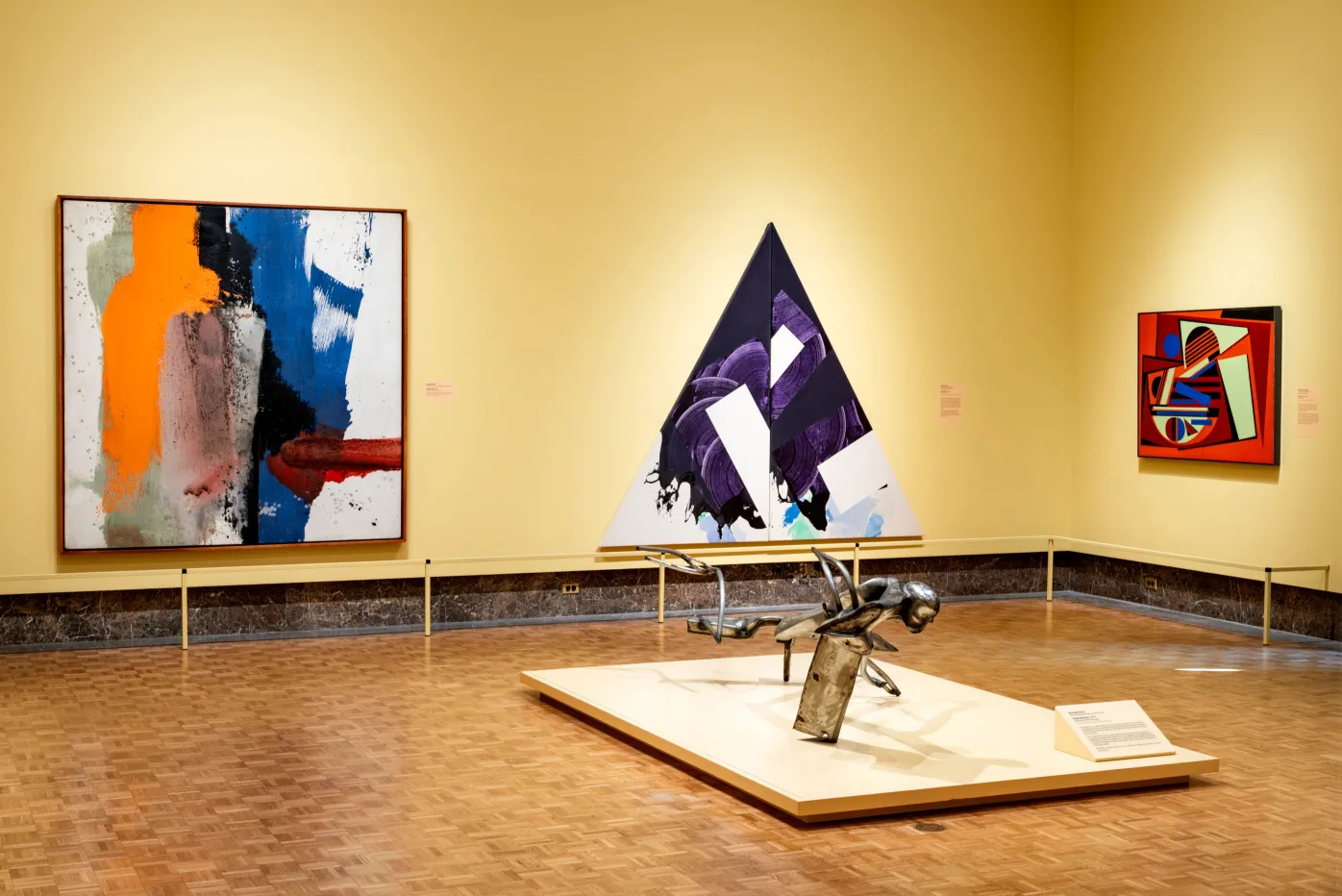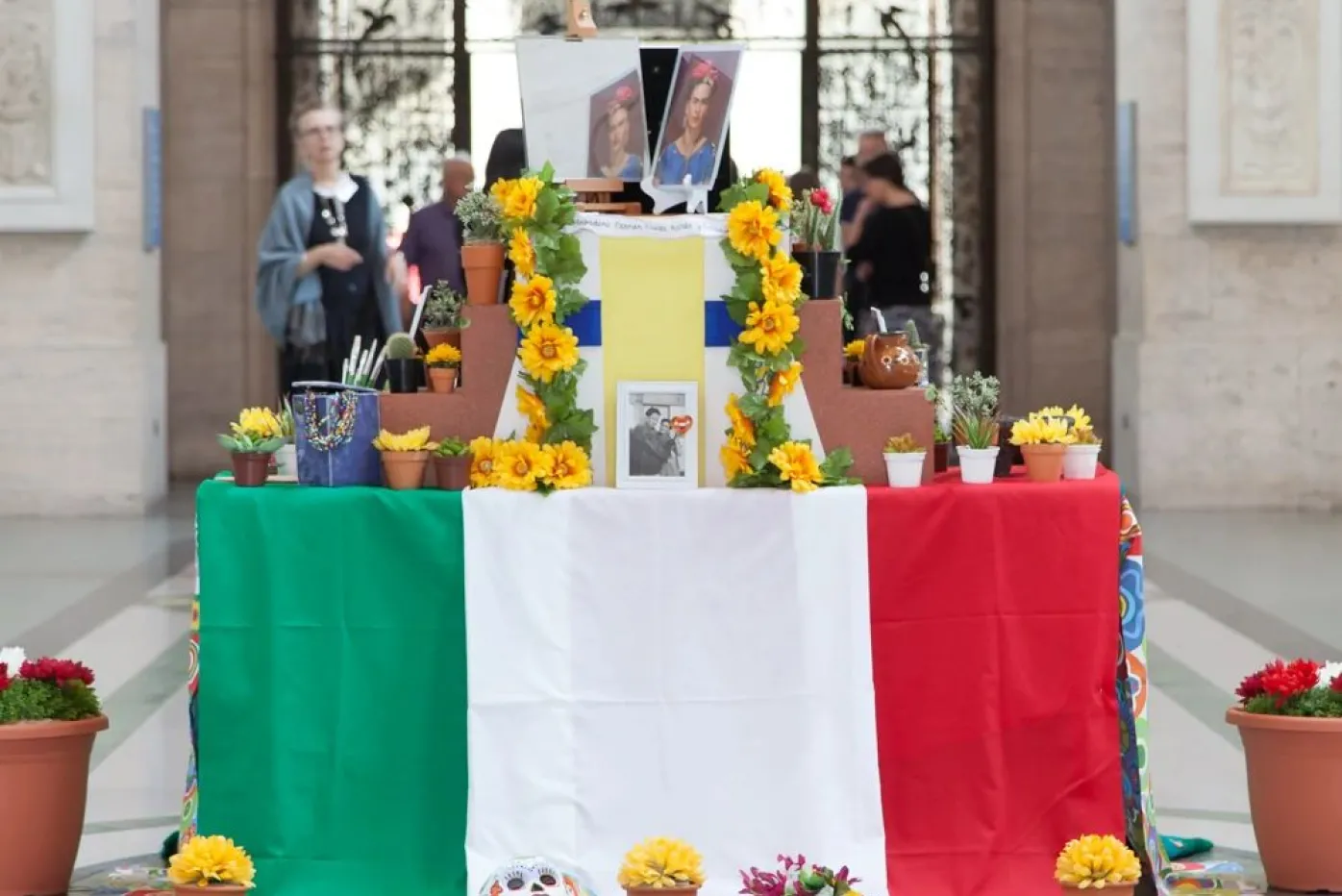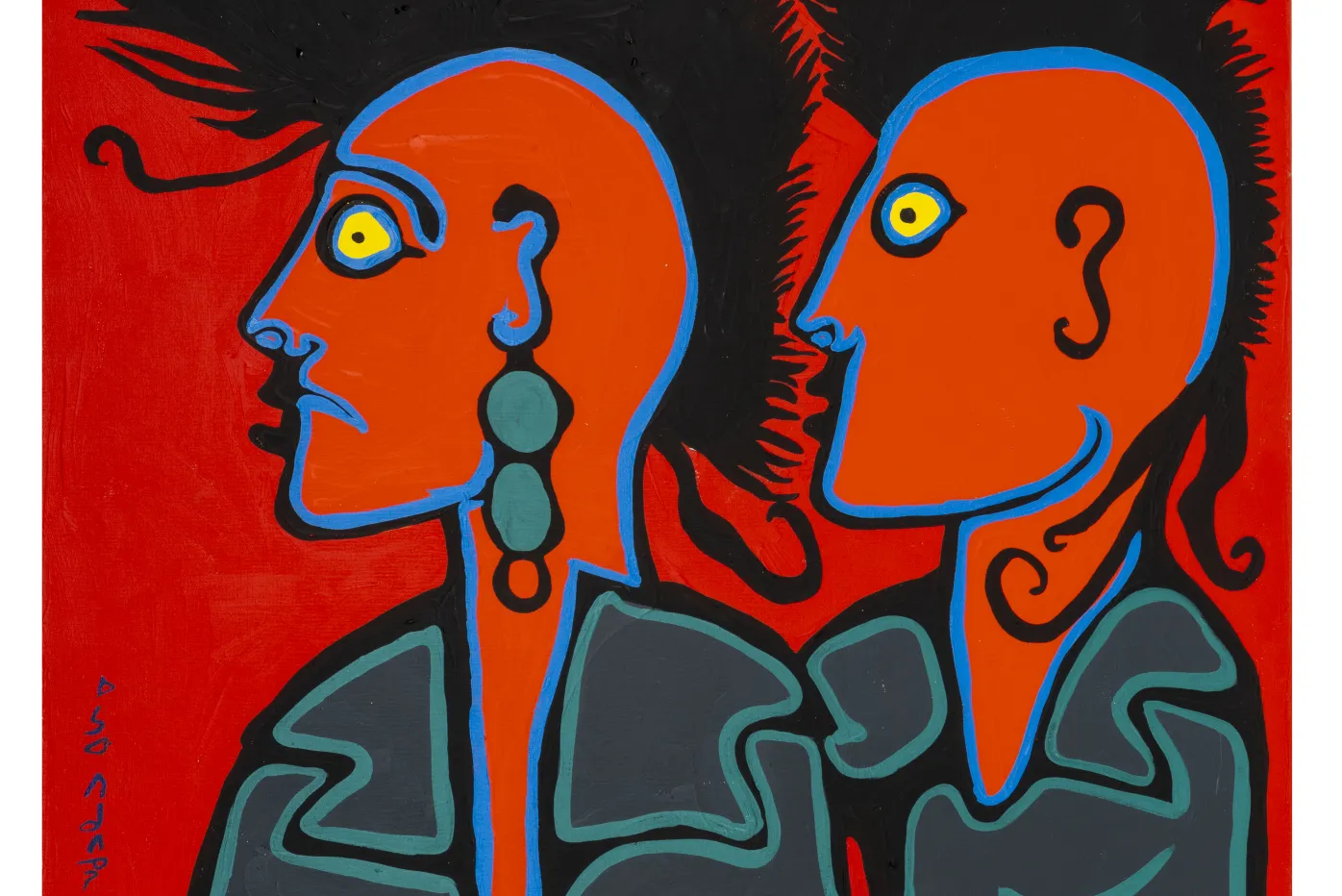From the Director, March 2018
Updated Jul 20, 2022
Celebrating human creativity through the arts and sports
One of my first passions as a student in college was to learn about Ancient Greece. My preferred figure was Alexander the Great, and I loved the philosophy of Socrates. I was amazed by the artistic and scientific achievements of this culture, which had a huge influence not only across Europe, but also in Asia and later in America. I remember delving into Ancient Greek sculpture and discovering the extraordinary works created in marble and bronze.
One of my favorites was The Discobolus or the "discus thrower" by Myron (an artist born in the city of Eleutherae in the 5th century B.C.). It is one of the most iconic images of antiquity. While the original work cast in bronze by Myron has not survived, we know how it looked thanks to the bronze and marble copies later made by the Romans. The "discus thrower" exudes athletic energy and controlled dynamic movement. This sculpted athlete gives us a glimpse of what could be a harmonic connection between the mind and the body. Furthermore, it is a great example of the close association that sports and the arts had in Ancient Greece. The games celebrated in the city of Olympia, the Olympics, held not only athletic contests but also artistic ones, where painters, sculptors, and poets would compete for the gold medal -- at that time the olive leaf wreath was the symbol of victory.
The games were the stage for the creativity of athletes and artists, and we at the DIA would like to follow in that tradition, since this museum is a house of creativity and we love sports. So, at the end of this month, just in time for Opening Day, we will open an exhibition that celebrates the sport of baseball. This small but very strong exhibition includes a number of items from the third best collection of baseball cards in the world and some DIA artworks that feature baseball themes.
The show also commemorates the 50th anniversary of the Tigers 1968 World Series victory, and we invited fans to stop by the DIA on their way to the stadium this spring and summer. Please park by the DIA, enjoy the show and take the QLine downtown to see our team.
We will be displaying the complete T206 White Border Set prized for its rarity and superlative condition, as well as the Honus Wagner card, the most coveted of all baseball cards. In the galleries, you will also find our famous Hard Ball III, by Robert Moskowitz, which represents a supreme (or lightening) throw by a baseball pitcher. I love to see this painting in the gallery. It reminds me of the famous Discobulus by Myron, offering a contemporary view of how the arts and sports continue to celebrate human creativity, so rooted in Detroit, its people, and history. Go Tigers!
this painting in the gallery. It reminds me of the famous Discobulus by Myron, offering a contemporary view of how the arts and sports continue to celebrate human creativity, so rooted in Detroit, its people, and history. Go Tigers!

DIA Director, Salvador Salort-Pons in Rivera Court
Celebrating human creativity through the arts and sports
One of my first passions as a student in college was to learn about Ancient Greece. My preferred figure was Alexander the Great, and I loved the philosophy of Socrates. I was amazed by the artistic and scientific achievements of this culture, which had a huge influence not only across Europe, but also in Asia and later in America. I remember delving into Ancient Greek sculpture and discovering the extraordinary works created in marble and bronze.
One of my favorites was The Discobolus or the "discus thrower" by Myron (an artist born in the city of Eleutherae in the 5th century B.C.). It is one of the most iconic images of antiquity. While the original work cast in bronze by Myron has not survived, we know how it looked thanks to the bronze and marble copies later made by the Romans. The "discus thrower" exudes athletic energy and controlled dynamic movement. This sculpted athlete gives us a glimpse of what could be a harmonic connection between the mind and the body. Furthermore, it is a great example of the close association that sports and the arts had in Ancient Greece. The games celebrated in the city of Olympia, the Olympics, held not only athletic contests but also artistic ones, where painters, sculptors, and poets would compete for the gold medal -- at that time the olive leaf wreath was the symbol of victory.
The games were the stage for the creativity of athletes and artists, and we at the DIA would like to follow in that tradition, since this museum is a house of creativity and we love sports. So, at the end of this month, just in time for Opening Day, we will open an exhibition that celebrates the sport of baseball. This small but very strong exhibition includes a number of items from the third best collection of baseball cards in the world and some DIA artworks that feature baseball themes.
The show also commemorates the 50th anniversary of the Tigers 1968 World Series victory, and we invited fans to stop by the DIA on their way to the stadium this spring and summer. Please park by the DIA, enjoy the show and take the QLine downtown to see our team.
We will be displaying the complete T206 White Border Set prized for its rarity and superlative condition, as well as the Honus Wagner card, the most coveted of all baseball cards. In the galleries, you will also find our famous Hard Ball III, by Robert Moskowitz, which represents a supreme (or lightening) throw by a baseball pitcher. I love to see this painting in the gallery. It reminds me of the famous Discobulus by Myron, offering a contemporary view of how the arts and sports continue to celebrate human creativity, so rooted in Detroit, its people, and history. Go Tigers!
this painting in the gallery. It reminds me of the famous Discobulus by Myron, offering a contemporary view of how the arts and sports continue to celebrate human creativity, so rooted in Detroit, its people, and history. Go Tigers!


